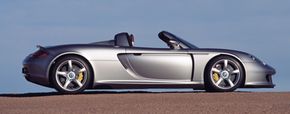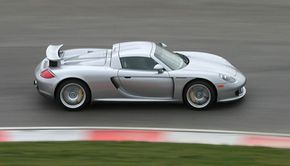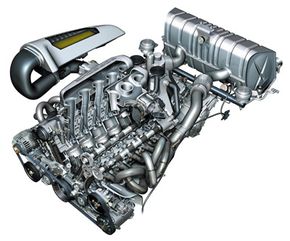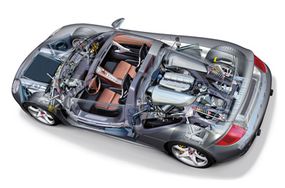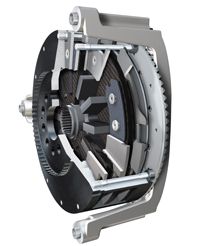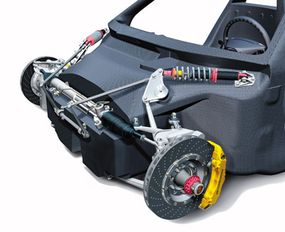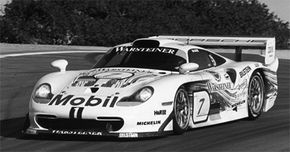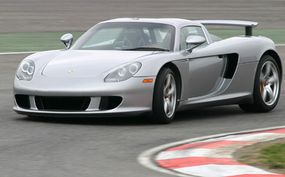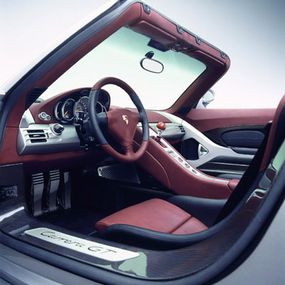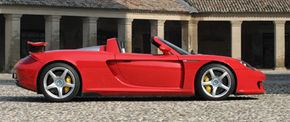Any car can take you from one place to another. But not many can go from zero to 60 miles per hour (97 kph) in just over three seconds or hit a top speed of 205 mph (330 kph). And not many cars feel as at home on the racetrack as they do on the roadway. The V10, 605-horsepower Porsche Carrera GT achieves all of the above.
Exotic Car Image Gallery
Advertisement
The Carrera GT is among a rare breed of supercars -- exotic, high-performance automobiles that are built for ultimate speed and handling on the road. Its ultra-lightweight, high-tech design places the Carrera GT among the top of its class.
In this article, we'll find out how the Porsche Carrera GT was born and see what makes it a true supercar.
Advertisement
